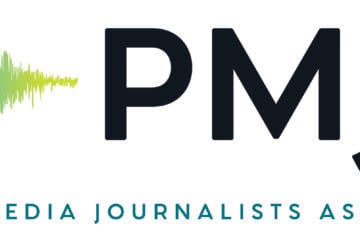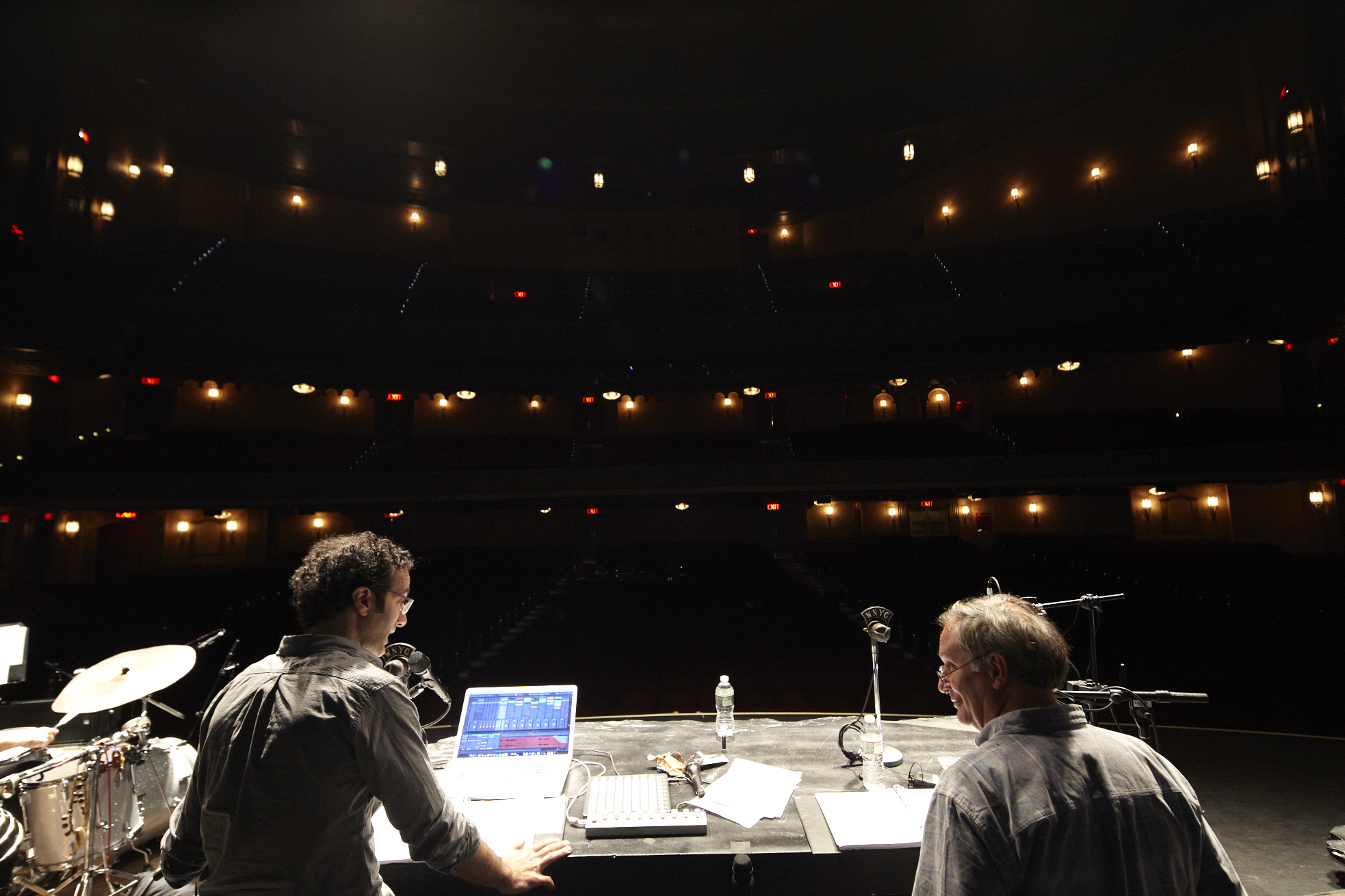Pubmedia’s failure to retain people of color needs a closer look

Casper1774Studio / iStock
In September, Sam Sanders tweeted a list of public radio hosts from marginalized communities who had left NPR or public media in recent months: Lulu Garcia-Navarro, Shereen Marisol Meraji, Shankar Vedantam, Maria Hinojosa, Maddie Sofia and Joshua Johnson.
We can now add Noel King to that list, and these are just the hosts who have taken other gigs. Tanzina Vega left The Takeaway this year, as well as many other reporters and producers throughout the system. While they may not make headlines when they resign, I hear from them during meetings of our anti-racist group, Headway.
Obviously, I don’t know what is behind each individual decision to resign. I do, however, know many of these journalists personally and so I know that inequity was a driving force in some of these departures. I know that some of the departing journalists never felt fully supported in their roles.
Our industry expends a great deal of effort to recruit and train talented journalists and staff members from diverse backgrounds. Diversifying the workforce has been a focus for our largely white profession for decades, and for good reason. In 2018, we learned from the Women’s Media Center that women of color represented only about 6% of staff at local radio stations. Still, I don’t think we have a pipeline problem; there are more than enough smart, skilled people of color able to fill openings in our newsrooms and offices. Perhaps it’s time to put an equal emphasis on retaining them once they’ve been hired.
Being a journalist of color is not easy. I’ve conducted workshops with several public radio teams, and I hear a similar complaint from staff at both large and small stations. They say they are often the only nonwhite employee in their division, or one of a few, and feel they are constantly having to fight casual racism. “Going to work is like going into the trenches,” one reporter told me. “It’s pushing back against 50 years of ‘This is how we do things here.’”
Even Nikole Hannah-Jones, Pulitzer Prize–winning reporter and creator of The 1619 Project, told the Women’s Media Center in 2018 that she had thought about finding another line of work. “Some editors … assume that Black writers who want to write about racial inequity are biased or that those stories are not of value,” she said. “During the lowest points, I thought about leaving the profession.” In April, Kimberly Adams of Marketplace told Capitol Communicator that “we are hemorrhaging talented people of color and LGBTQ folks who leave the industry rather than deal with the racism and discrimination that still exists in media.” The warnings are out there, relayed by high-profile professionals, but they are not being heeded.
For months, I have collected responses to an exit survey that I created to get a sense of why people leave their jobs. So far, nearly 50 people of various racial identities have completed the survey, all of them former public radio employees. A third of respondents said they chose to leave because of abuse and harassment. More than 85% of those respondents reported the abuse to management; all said leaders did not handle their report well. One person wrote a letter to their CEO saying, “I am disappointed that, despite repeated attempts on the part of myself and my colleagues over the last two years, our suggestions and valid complaints have gone unacknowledged. … I have never in my professional life been yelled at, screamed at, sworn at, or insulted as often as I have [here].”
My attempt to gather information about why people leave our industry is not unique. Last year, journalist Carla Murphy published “Leavers,” a survey of 101 people of color who had left the profession. One of the most distressing takeaways from her report is that a third of the people who chose to leave were managers at the time that they resigned. In other words, journalism organizations succeeded in hiring and promoting a person of color, only to lose them mid-career.
“It raises questions,” Murphy wrote, “about the timing of diversity initiatives at the start of the career pipeline and their return on investment (ROI) for both the industry and communities that newsrooms serve. Proceeding along this line of inquiry re-frames the newsroom/the industry as the problem,” instead of blaming a lack of training or an individual’s difficulty fitting into the newsroom culture. “It felt like they tore my heart out and stomped on it,” one respondent wrote, “I’m still a bit heartbroken.”
My own ongoing survey shows that half of respondents said their organizations were not inclusive or equitable. More than 80% percent said employees were treated unfairly. One person said their executive producer was “horrifically abusive towards people of color” and they were “retaliated against for reporting it.”
As I read through these alarming accounts of abuse, all far too similar, I marvel that most staff members say they reported these issues to HR or to someone in management. What happened to those complaints? Sometimes we decide not to ask questions when we’re afraid of what the answer may be. I suspect that may be the case when it comes to why people of color leave the industry.
We often like to think that people leave their public radio jobs because they got a better offer or opportunity. But the person who made the statement above waited until they got a good job offer before resigning; that doesn’t mean it wasn’t abuse that drove them away. That’s why we can’t accept the surface-level justification for a journalist’s departure. We must start doing real exit interviews and using the information we collect instead of filing the document away somewhere and never looking at it again.
Public broadcasting has lost an obscene number of wildly talented people of color, especially women of color. How could we have let Farai Chideya go? Or Adaora Udoji, who left journalism for more than a decade before recently taking a position at PBS? Julie Drizin, Current’s executive director, asked an important question last year: “Why is public media so white?” In answering that question, we have to go beyond hiring and fully examine our retention policies. Are our newsrooms and offices inclusive and welcoming to Black and brown people or are they, as my colleague described them, war zones? How hard do we make people of color fight to be their authentic selves in our workplaces?
We are not being fully honest with one another. When people resign and we’re told that they found a better position, we don’t ask follow-up questions. I encourage leaders in public radio to start using the journalistic tools at their disposal and dig deeper. Exit interviews are a valuable resource that we are not taking advantage of. Go back and read a few of them and figure out what’s really driving all of these talented people away. Hiring people is less than half of the battle.
Celeste Headlee is an author, consultant and longtime host of public media, anchoring shows like Tell Me More, The Takeaway and 1A.






